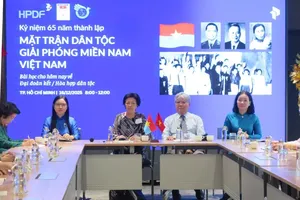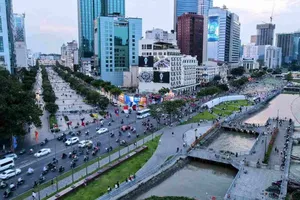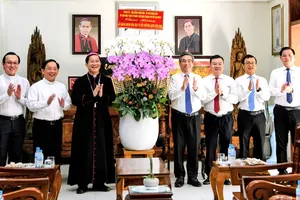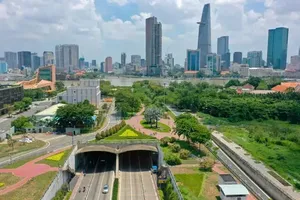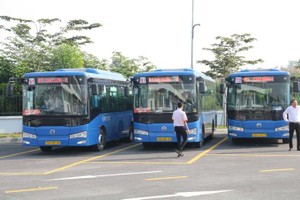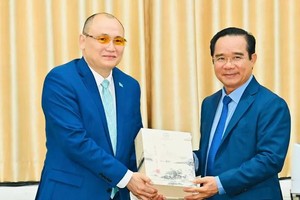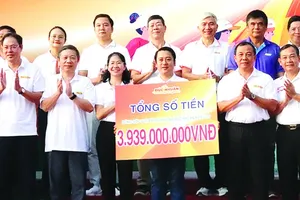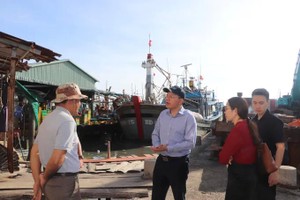
At the event, which was held by the Swedish Embassy in Vietnam in collaboration with the Swedish Commercial and Investment Office, Swedish Ambassador to Vietnam Pereric Hogberg said that with considerable experience in urban planning solutions, Swedish experts and companies will help Vietnam set up plan to build sustainable urban areas with smart transportation network.
He noted that emission amount has dropped 9 percent since 1990, and gasoline dependence has tapered off 90 percent since 1970 while Sweden is among the nations that have the lowest rate of traffic accidents.
About challenges that large urban centres are encountering and HCM City’s solutions, Vice Director of the municipal Department of Transport Tran Quang Lam highlighted that the city has set up planning for eight Mass Rapid Transport (MRT) systems, three tramrails or monorails and six Bus Rapid Transit (BRT) systems.
Like many Asian countries, Vietnam is experiencing rapid urbanisation. As of 2014, some 33 percent of the country’s 90-million population lived in urban areas and the figure is said to increase to 50 percent by 2025.
In its strategy to develop public transport until 2020 within a vision to 2030, Vietnam sets a target of turning public transport into the top choice of people while controlling the growth of individual vehicles and improving urban transport quality.
It also strives to have 20 percent of buses and taxis using liquefied petroleum gas (LPG), compressed natural gas (CNG) or solar energy by 2020.
Cooperation potential in transportation between the two countries were on the table at the discussion.
In addition, relevant parties met to discuss Sweden’s support for Vietnam to promote sustainable traffic development in urban areas, aiming to turn public transportation into a friendly and popular means of transport among the citizens.
He noted that emission amount has dropped 9 percent since 1990, and gasoline dependence has tapered off 90 percent since 1970 while Sweden is among the nations that have the lowest rate of traffic accidents.
About challenges that large urban centres are encountering and HCM City’s solutions, Vice Director of the municipal Department of Transport Tran Quang Lam highlighted that the city has set up planning for eight Mass Rapid Transport (MRT) systems, three tramrails or monorails and six Bus Rapid Transit (BRT) systems.
Like many Asian countries, Vietnam is experiencing rapid urbanisation. As of 2014, some 33 percent of the country’s 90-million population lived in urban areas and the figure is said to increase to 50 percent by 2025.
In its strategy to develop public transport until 2020 within a vision to 2030, Vietnam sets a target of turning public transport into the top choice of people while controlling the growth of individual vehicles and improving urban transport quality.
It also strives to have 20 percent of buses and taxis using liquefied petroleum gas (LPG), compressed natural gas (CNG) or solar energy by 2020.
Cooperation potential in transportation between the two countries were on the table at the discussion.
In addition, relevant parties met to discuss Sweden’s support for Vietnam to promote sustainable traffic development in urban areas, aiming to turn public transportation into a friendly and popular means of transport among the citizens.


